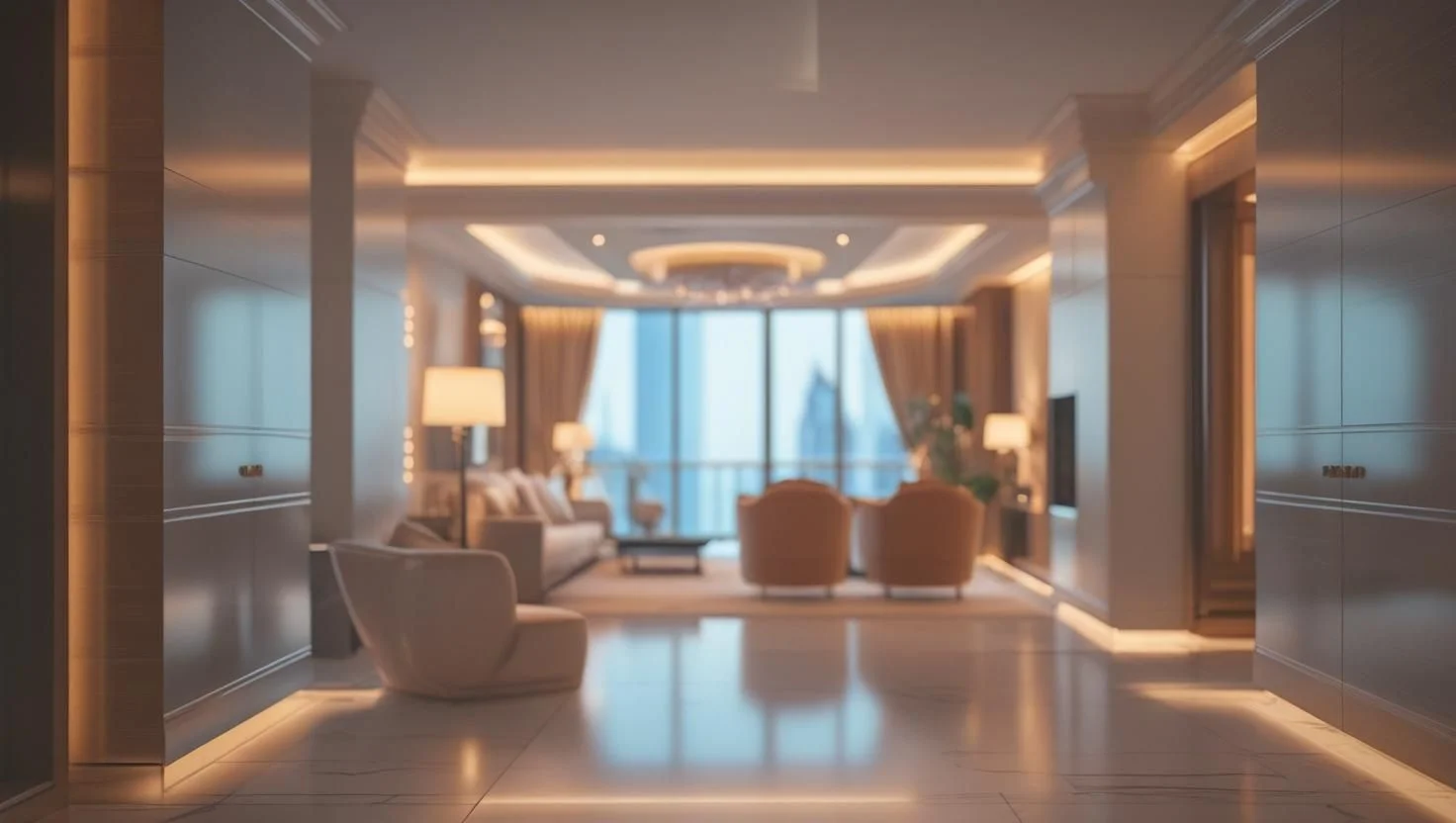Luxury Redefined: How High-End Real Estate Is Evolving with Lifestyle Trends
120
9/16/2025

Luxury real estate has long been defined by square footage, premium materials, and prime locations. But in 2025, the definition of luxury is being rewritten. Modern high-net-worth individuals (HNWIs) and affluent buyers are seeking more than marble floors and waterfront views—they’re demanding integrated lifestyles centred around wellness, sustainability, privacy, and digital connectivity. This shift is sparking a fundamental transformation in what makes a property truly luxurious.
The New Pillars of Luxury Real Estate
1. Wellness-Oriented Design
The global wellness movement is deeply influencing the luxury sector. Today’s luxury properties offer:
-
In-home spas, saunas, and meditation rooms
-
Air and water purification systems
-
Soundproofed sanctuaries for relaxation
-
Biophilic design integrates natural light and greenery.
Wellness-certified buildings, such as those adhering to the WELL Building Standard, are gaining traction among affluent buyers who prioritise health and longevity.
2. Sustainability and Ethical Living
Sustainability is no longer optional in luxury real estate. Eco-conscious buyers want:
-
Net-zero energy homes with solar panels and geothermal systems
-
Locally sourced, non-toxic building materials
-
Organic gardens and farm-to-table amenities
-
Carbon offsetting features and green building certifications
Developments in Portugal, the UAE, and California are marketing not just green buildings, but regenerative communities.
3. Integrated Work-Life Spaces
Remote and hybrid work has made high-functioning home offices a must-have in luxury real estate. Premium properties now include:
-
Fully equipped, soundproofed offices
-
Executive conference rooms
-
High-speed satellite internet and smart screens
-
Built-in AI personal assistants
This trend is particularly strong among buyers in tech, finance, and creative industries.
4. Privacy and Security
Rising global uncertainty has elevated the demand for privacy. Top-tier properties now emphasise:
-
Gated communities with biometric access
-
Panic rooms and discreet staff quarters
-
Smart surveillance systems with AI facial recognition
-
Private helipads and underground parking
Privacy is increasingly a non-negotiable for HNWIs in regions like Monaco, Dubai, and Beverly Hills.
5. Experiential Amenities
Buyers no longer want just a home—they want an experience. Emerging luxury properties offer:
-
Art galleries and private cinemas
-
Wine cellars with sommelier services
-
On-demand wellness staff (yoga instructors, nutritionists, chefs)
-
Equestrian trails, golf courses, and exclusive beach access
Residences in Mexico, Thailand, and Italy are incorporating these features to attract global elites.
Emerging Markets in Luxury Real Estate
Southeast Asia
Bali, Phuket, and Ho Chi Minh City are gaining favour among international luxury buyers due to their scenic landscapes and competitive prices.
Middle East
Dubai and Abu Dhabi continue to evolve as ultra-luxury hubs, with branded residences from names like Bugatti, Armani, and Baccarat setting new benchmarks.
Southern Europe
Portugal’s Algarve region, Spain’s Marbella, and Greece’s coastal towns are experiencing a surge in luxury sales, particularly from British, German, and Middle Eastern buyers.
United States
Florida’s Palm Beach and Texas’s Hill Country are trending among U.S.-based buyers looking for lifestyle-driven luxury with tax benefits.
Tech-Driven Personalization
Luxury homes in 2025 are equipped with systems that learn and adapt:
-
Smart mirrorstrackg health metrics
-
AI that adjusts lighting, temperature, and scent based on mood
-
Personalised ambience presets (e.g., “Morning Yoga,” “Evening Wind-Down”)
-
Integrated NFTs for art and décor authentication
Case Study: Six Senses Residences – The Palm, Dubai
This beachfront project blends luxury with sustainability and wellness. With amenities like cryotherapy chambers, organic gardens, and intuitive smart home systems, it exemplifies the future of high-end living.
What Buyers Are Asking For in 2025
-
Walkable communities with organic grocers and cafes
-
Eco-yacht docking stations
-
Concierge travel and medical services
-
Crypto-ready property transactions
-
On-demand virtual interior design services
Challenges in the Luxury Sector
-
High costs of sustainable building practices
-
Regulatory challenges with global ownership laws
-
Balancing tech and human experience
-
Over-customisation risks reducing resale value
Despite these, luxury real estate remains resilient and lucrative, with a growing base of value-driven, globally mobile buyers.
Final Thoughts
Luxury in 2025 is about living well, living smart, and living purposefully. The most successful high-end developments are no longer defined by excess but by thoughtful integration of health, sustainability, and tech-forward convenience.
As values shift and wealth globalises, the luxury real estate market must evolve to meet new expectations. For developers and investors willing to innovate, the reward is access to a future-facing clientele eager to buy into more than a home, into a holistic lifestyle.
Are there any questions or do you need advice?
Leave a request
Our expert will contact you to discuss tasks, choose solutions and be in touch at each stage of the transaction.
